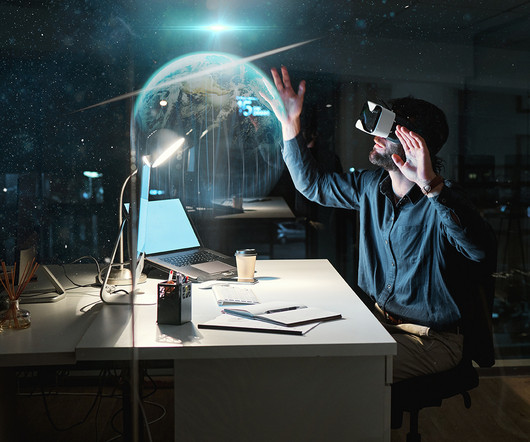Paraplegics are learning to walk again with virtual realityThe.
AllThingsVR
AUGUST 18, 2016
Paraplegics are learning to walk again with virtual reality The chances of recovery for paraplegic patients were once considered nearly nil. Researchers had created a brain-machine interface (BMI) that allowed Pinto to control a robotic exoskeleton for the symbolic kickoff at São Paulo’s Corinthians Arena. Read more here.



















Let's personalize your content